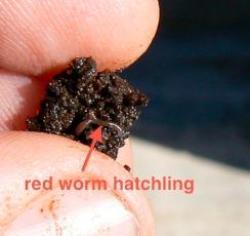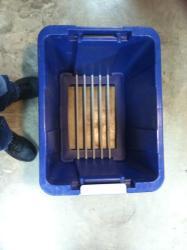I have been picking up leaves and grass clippings for years now, I keep adding them to the garden and slowly the soil is improving. I love picking up shredded leaves at this time of year, even picked up seven large bags of brown grass clippings the other day. I love to build up a large bank of shredded materials this time of year and let them decay on their own. I also love to build hot compost piles, I use sheet composting, spot composting, etc. Just about any means of getting organic material into the soil. In my zone and climate, it is fairly easy to keep a hot compost pile working if I am willing to put forth the effort, but now I have built up such a accumulation of organic materials I really don't have to do all that turning unless I just want to. Strangely I do still enjoy the process. I just seeded rye grass and after the great rain for the past couple of days I noticed this morning I finally have a lot of those seeds starting to sprout, so I will have green material to add to the compost pile.
The worms are still a mystery to me, sometimes I have an abundance of them and then at this time of year I seldom see any. There is always an abundance of food available for them (shredded leaves and grass clippings), so I know they are sill around, just not out in plain site. My wife and I generate very little kitchen waste, so that amounts to an almost negligible percentage of the materials that go into the compost,still at times I do see lots of worms. I see at least three different types of worms in my garden, not sure what they are but some are very tiny, some are small, and some are what I would call medium (Alabama jumpers I think). The very tiny ones are only found in the bog, they look like very tiny red worms.
Even after doing this procedure for years I am still in awe of the process of forming beautiful garden soil from waste, I just love seeing it happen over time.

.
